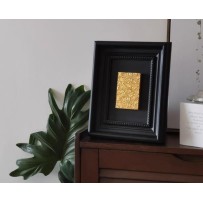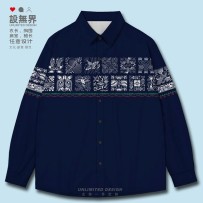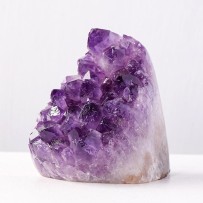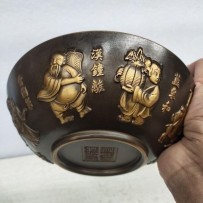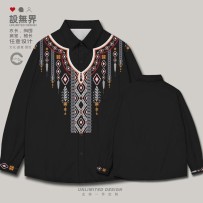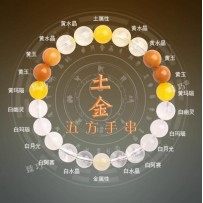Face painting (lianpu) in traditional Chinese opera is an exaggerated theatrical technique that uses makeup to emphasize a character's facial features and expressions, highlighting their personality, emotions, and traits. At the same time, opera masks are also a form of decorative art, combining dots, lines, shapes, and colors in a harmonious way. With vivid colors, elegant designs, and deliberate exaggeration, they vividly and expressively portray the external appearance and inner character of dramatic figures.
Subcategories
A themed series inspired by iconic figures from ancient Chinese classics, reimagining and preserving the passionate, proud, and righteous characters cherished in the hearts of the Chinese people—transforming them into companions for everyday life.
May the blessings of Dunhuang stick to you and bring you endless fun and good luck.
Miao clothing varies by region, each with its own distinctive features. Embroidery is an aesthetic art form created and refined by Miao women over generations.
A crystal money tree typically symbolizes prosperity, wealth, and good fortune. In Feng Shui, it is believed to enhance financial luck and attract positive energy. Representing hope and aspiration, the money tree is seen as a source of continuous wealth—bringing abundance, nobility, harmony, and happiness to the home.
Miao clothing varies by region, each with its own distinctive features. Embroidery is an aesthetic art form created and refined by Miao women over generations.
“Fortune-Attracting Guan” typically refers to depictions of Guan Gong holding a saber upright or across his body. These images of Guan Gong are believed to attract wealth, gather treasure, and ward off evil spirits. As a result, they are highly favored by both business owners and the general public. Such statues are often placed in homes or commercial spaces to pray for prosperous business and abundant financial success.
The jade seal refers specifically to the seal of the emperor, which is a symbol of supreme power. It is made of gold or jade. The seal first appeared in the Zhou Dynasty. In the pre-Qin period, the seal and the seal were commonly called. It was not until the Qin Dynasty that the seal and the seal were distinguished. The seal used by the emperor was called a seal, while the seal used by the subjects could only be called an seal.
Raw crystal stone ornaments serve both as decorative pieces and as tools for energy enhancement. They can be used to improve living environments and boost personal energy. Depending on the type of crystal, they may offer various benefits—such as attracting wealth, enhancing relationships, and promoting overall well-being.
The teapot is the ideal companion for brewing tea—one pot dedicated to one type of tea—symbolizing unwavering loyalty and family harmony in traditional culture. Therefore, gifting tea and a teapot during festive occasions is more than a gesture; it is a gift of culture and refined taste.
Dragon Book Demon Eye Resin Relief Material Handicraft
Raw crystal stone ornaments serve both as decorative pieces and as tools for energy enhancement. They can be used to improve living environments and boost personal energy. Depending on the type of crystal, they may offer various benefits—such as attracting wealth, enhancing relationships, and promoting overall well-being.
Relief is a type of sculpture in which the artist carves the image he wants to create on a flat plate, making it out of the plane of the original material.
Raw amethyst crystal ornaments serve multiple purposes, offering both decorative appeal and energetic benefits. In Feng Shui, placing raw amethyst in the home is believed to enhance the overall energy of the space, attract good fortune, and balance the magnetic field. It can also help dispel negative energy and promote harmony within the household.
According to legend, when the peonies were in full bloom on Penglai Island, the immortal Baiyun invited the Eight Immortals and the Five Sages to join in the celebration. On the way back, Li Tieguai suggested that they not take the boat but find their own way. This is the origin of the saying “The Eight Immortals cross the sea, each showing their magical powers” or “The Eight Immortals cross the sea, each relying on their own abilities”.
The purpose of a Five Elements crystal bracelet is to balance and harmonize the five elemental energies within the body, promoting physical and mental well-being, enhancing health, and improving personal fortune. Different crystals correspond to different elements of the Five Elements system, and wearers can choose the appropriate crystals based on their individual needs and elemental attributes to achieve energetic balance and elevate their overall energy state.















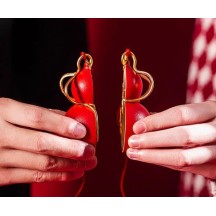


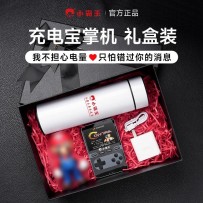

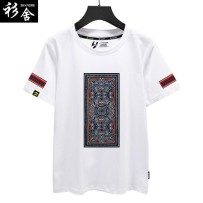

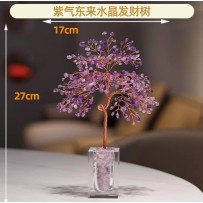

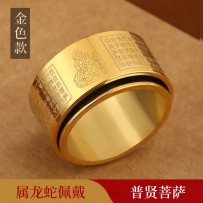

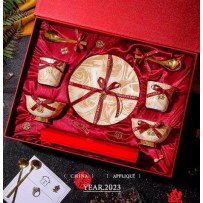

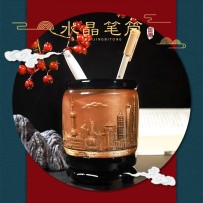




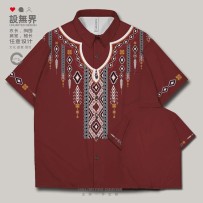
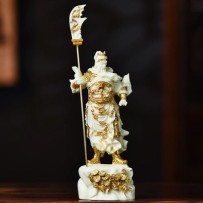







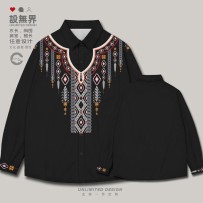

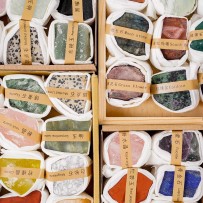

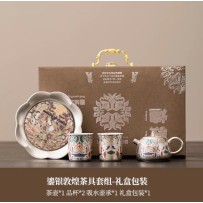

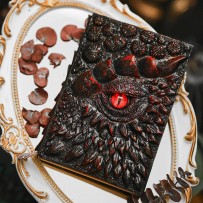

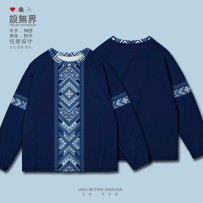


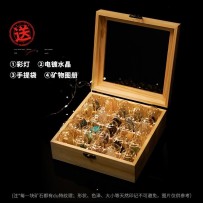
![[Wrist Strap & Stand] Lotus Cultural Creative Phone Case Compatible with iPhone](https://chinachic.shop/2071-inner_default/-wrist-strap-stand-lotus-cultural-creative-phone-case-compatible-with-iphone.jpg)

